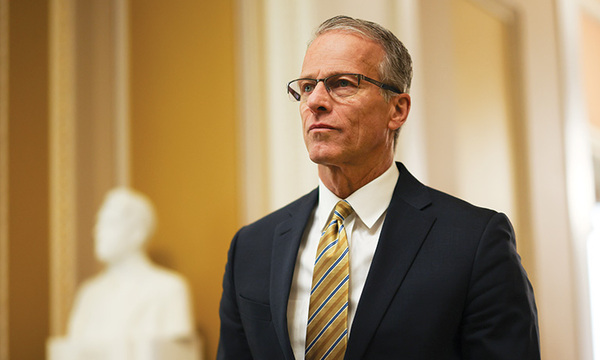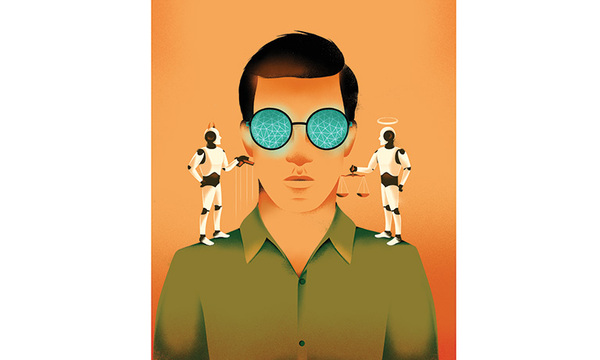Ancient scribes painstakingly prepared the Scriptures by hand, preserving them for future generations. Daniel B. Wallace achieves the same goal by using modern technology.
Wallace, a 1974 Biola graduate, is the founder and executive director of the Center for the Study of New Testament Manuscripts in Frisco, Texas, and a professor of New Testament Studies at Dallas Theological Seminary.
The non-profit center is the only center in the world devoted to making digital photographs of existing Greek New Testament manuscripts so the images can be preserved, duplicated and be accessible to scholars doing research. Yet, Wallace sees his work as much more than a scholarly pursuit.
“I think it’s important because Scripture is important,” Wallace said. “I think it’s important because if we truly love Jesus Christ, we need to honor the Jesus Christ we know from the Bible.”
The work is especially vital, he said, given that manuscripts frequently get lost, stolen or destroyed by fire. And many are rapidly deteriorating.
Wallace — author of Greek Grammar: Beyond the Basics, a standard textbook — got the idea for using modern technology to preserve ancient text when Apple Computers introduced an early version of a PDA commonly referred to as the Apple Newton in the 1990s. The device featured handwriting recognition software. “When I noticed the Newton had come out, I thought this is the very kind of thing we need to do with these manuscripts. All we really need to do is get the manuscripts photographed digitally and then apply OCR (optical character recognition) technology to them to have them read and then we can have all the manuscripts available and accessible to scholars,” he said. The quality is 10 times better than microfilm, he said.
It’s a daunting task. There are about 1.3 million pages of Greek New Testament manuscripts known to exist. The center already has photographed over 60,000 pages, taking more than 25,000 photographs alone in two expeditions over the summer.
And the scholars have discovered manuscripts previously unknown to Westerners.
“In our first five years, we have discovered more New Testament manuscripts than the rest of the world combined has discovered,” he said.
The manuscripts are spread across the world. Wallace’s work has taken him to numerous sites including Mt. Sinai, the Vatican, Constantinople, Geneva, Milan and most recently, the Greek island of Patmos, where the apostle John wrote the book of Revelation.
Over the summer, one team from the center worked in a subterranean library at the Monastery of St. John the Theologian on the island. Another team went to an Eastern European country that Wallace can’t currently disclose, where they rediscovered 16 manuscripts that had been presumed lost and discovered another 18 that were unknown to Western scholarship.
In Constantinople in 2004, they discovered two leaves of a very early manuscript — a leaf from Mark 3 and another from Mark 6. The manuscript can be dated by its uncial script, a type of script consisting of all capital letters that was exclusively used in the first 800 years A.D. This was the first uncial manuscript ever discovered in Constantinople, according to Wallace.
The scholars take between 60 and 90 minutes to prepare a manuscript for photography. Photographs, taken with 17 megapixel cameras, are uploaded onto a hard drive. The scholars can get through 1,200 to 1,700 pages a day.
Funds to make digital photographs of all the manuscripts would cost about $10 million, Wallace said. If the center could send out 20 teams a year, the effort could be completed in 10 years, he said. The center is networking with some major institutes in hopes of receiving funding and is also seeking private donations and grants.
It’s tiring work, especially for Wallace, who was diagnosed with a strain of viral encephalitis 10 years ago that put him in a wheelchair. He recovered but the impact remains. When Wallace gets too hot or too overworked, his legs start shutting down.
Yet, despite the heat and long hours on expeditions, Wallace never feels the effects of the virus when he’s examining manuscripts.
“I think this is the thing I need to be doing,” he said. “It’s in my DNA. This is what God designed me for.”
For more information, visit the center’s Web site at csntm.org.
 Biola University
Biola University


